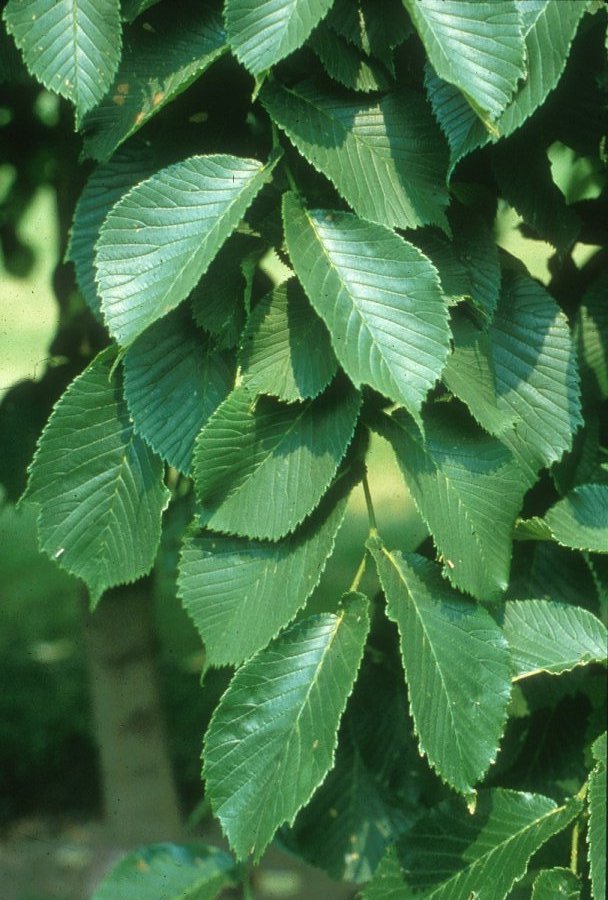| Botanical Name: Ulmus glabra 'Camperdownii' | |
| Common Name: Camperdown Elm |

-
Anatomy
-
Culture
-
Design
Plant Type
Tree
Height Range
6-12', 12-25'
Flower Color
n/a
Flower Season
n/a
Leaf Color
Green
Bark Color
Brown, Grey
Fruit Color
n/a
Fruit Season
n/a
Sun
Full, Half
Water
Low, Medium
Growth Rate
Moderate
Soil Type
Sandy, Clay, Loam, Rocky, Unparticular
Soil Condition
Average, Rich, Well-drained, Moist, Dry
Soil pH
Acid, Neutral, Basic
Adverse Factors
n/a
Design Styles
English Cottage, Formal, Japanese
Accenting Features
Silhouette, Specimen, Unusual Shape
Seasonal Interest
Winter, Summer
Location Uses
Shrub Border, Foundation, Lawn, Walls / Fences
Special Uses
Cascade
Attracts Wildlife
n/a
Information by: Stephanie Duer
Photographer:
Photographer:
-
Description
-
Notes
Camperdown elm has a distinctive, umbrella-like form that make itt well suited as an accent or a shade tree for a small yard. Branches are pendulous and can reach to the ground, though they can be pruned to create a canopy. Leaves are larger than on most elms. Grows 20 to 25 feet tall and 18 to 20 feet wide.
Grow in well drained soil in full sun; adaptive to soil types, though prefers loamy, well drained soils. Branches can be allowed to cascade to the ground, or can be pruned to create a canopy; pollarding may be the most effective pruning method to maintain a canopy (see Guides).